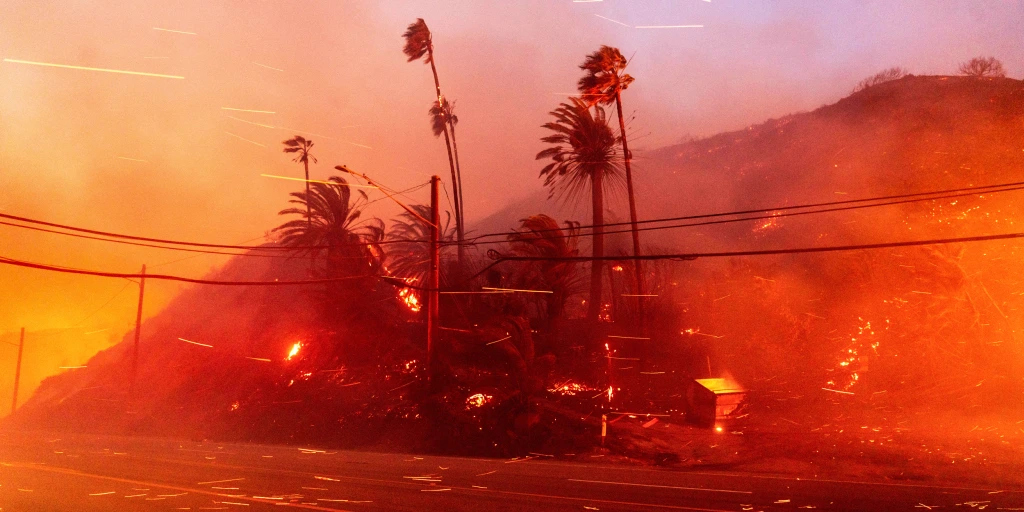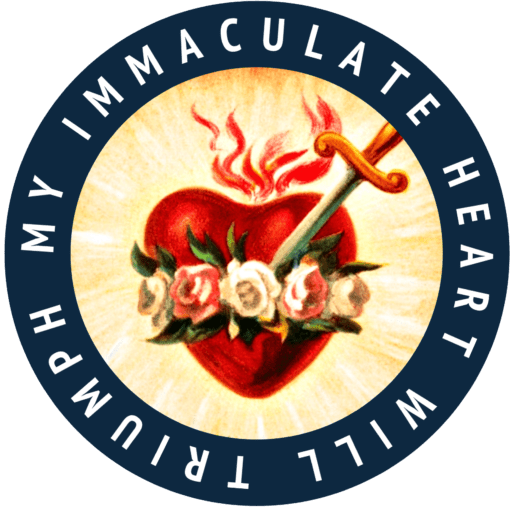
Category: Miracles
-

A Mystical Revelation: The Virgin Mary Appeared to Pope Francis Before His Death
Read More: A Mystical Revelation: The Virgin Mary Appeared to Pope Francis Before His Deathhttps://www.youtube.com/watch?v=4Jp34GIIKWU 💙 A Mystical Revelation: The Virgin Mary Appeared to Pope Francis Before His Death St. Mary Major Basilica in Rome — the place chosen by Our Lady for Pope Francis’ final rest. 🙏 A Heavenly Visit Few Have Heard About In a revelation almost hidden from the world, Cardinal Rolandas Makrickas, a Lithuanian prelate…
-

The Apparition of St. Raphael in Córdoba, Spain (16th Century)
Read More: The Apparition of St. Raphael in Córdoba, Spain (16th Century)The Apparition of St. Raphael in Córdoba, Spain (16th Century) ✨ A Heavenly Messenger in Troubled Times In the heart of Córdoba, Spain, during the 16th century, a miraculous event took place that reaffirmed the city’s deep Catholic faith. St. Raphael the Archangel, known as the angel of healing and divine guidance, appeared to a…
-

The Miracle of Our Lady of Zeitoun: A Marian Apparition Seen by Thousands in Egypt
Read More: The Miracle of Our Lady of Zeitoun: A Marian Apparition Seen by Thousands in EgyptThe Miracle of Our Lady of Zeitoun: A Marian Apparition Seen by Thousands Introduction The Blessed Virgin Mary has been known to appear throughout history, often bringing messages of peace, conversion, and hope. One of the most extraordinary Marian apparitions took place in Zeitoun, Egypt, between 1968 and 1971. This remarkable event is unique because…
-

Time Travelling Confirmed! Time Travel for Beginners (for Catholics only!)
Read More: Time Travelling Confirmed! Time Travel for Beginners (for Catholics only!)By K.V. Turley (NC Register) Who has not dreamt of time travel? My version of this came one day in an out of the way bookstore some years back. Browsing the shelves of used books is always interesting. Often, the more shabby the emporium, the rarer the gems to be found there. Such was the…
-

Pray This 9-Hour Novena for an Urgent Need!
Read More: Pray This 9-Hour Novena for an Urgent Need!Many Catholics are familiar with the concept of a novena, which involves praying for nine consecutive days for a particular intention. While this is often very effective, some are in need of a more urgent response from God, and turn to a 9-hour novena prayed in a single day. The novena can also be prayed for nine consecutive…
-

Catholic Man Protected His Home From L.A Wildfire Through Epiphany House Blessing
Read More: Catholic Man Protected His Home From L.A Wildfire Through Epiphany House Blessing“A thousand may fall at your side, ten thousand at your right hand, but it will not come near you.” Psalm 91:7 This Bible verse emphasizes God’s protection and care for those who trust in Him. Amen Catholic man’s house in Altadena miraculously spared from fire. He gives credit to God through the gace received from the…
-

Miracle! St. Padre Pio Provides Long Distance Assistance: St. Padre Pio’s Bilocation Helps a Family
Read More: Miracle! St. Padre Pio Provides Long Distance Assistance: St. Padre Pio’s Bilocation Helps a FamilyThe Holiness of St. Padre Pio There are a number of reasons for this. Many might cite the fact that he received many extraordinary graces including visions, the stigmata, bilocation, and even miracles attributed to his intercession. However, it should always be noted that Holy Mother Church never raises a man or woman to the…
-

Two Places, One Mission: The (10)Saints Who Bilocated for God’s Glory
Read More: Two Places, One Mission: The (10)Saints Who Bilocated for God’s GloryProfiled Saints and Beati Known to Have Bi-Located The Catholic Church has long been a treasure trove of mystical phenomena, from incorruptible bodies to miraculous healings. Among these wonders is the extraordinary gift of bilocation—being present in two places at once. While this phenomenon remains rare, it has been documented in the lives of several…
-

I met a miracle : the story of John Traynor, miraculously cured at Lourdes
Read More: I met a miracle : the story of John Traynor, miraculously cured at LourdesThe Astonishing Miracle of John Traynor: From Broken Veteran to Lourdes Pilgrim On September 10, 1937, Reverend Patrick O’Connor, a missionary of St. Columban, found himself face-to-face with a miracle in the bustling railway station of a French town. That miracle had a name—John Traynor. Towering at five feet ten, with a strong ruddy face…
-

Why Sr. Lucia did not see the Miracle of the Sun at Fatima
Read More: Why Sr. Lucia did not see the Miracle of the Sun at FatimaWhile a large group of people witnessed the sun “dance” on October 13, 1917 near Fatima, Portugal, the three shepherd children did not see the miracle. Sr. Lucia explains in her memoirs that the visionaries saw a different apparition. After our Lady had disappeared into the immense distance of the firmament, we beheld St. Joseph with…
Search
Popular Posts
-
🙏 A New Chapter Begins: Supporting Pope Leo XIV with Prayer and Hope | W/ Daniel O’Connor
“Give the new pope a break and support him with your prayers.”–…
-
Possible Candidates for The Next Pope!
Some Candidates for the New Papacy Today we will share with you…
Categories
Archives
Tags
#Miracles (102) 2023 (4) 2024 (4) approved miracles (2) catholic (141) catholic blog (375) catholic meditations (7) catholic miracles (371) catholic motivation (2) catholic news (371) catholic prayers (4) CatholicSeers (359) catholic vlog (375) catholic websites (6) Eucharistic miracle (2) fr jim blount (3) GisellaCardia (11) hamas (3) imitation of christ (2) Israel (4) israel live (5) Israel news (9) jesus (3) jesus christ (4) Latest messages (11) lent 2023 (10) lent 2024 (4) lent homily (2) lent retreat (4) lent retreat 2023 (3) Lourdes (2) messages from god (6) MessagesFromHeaven (364) miracles of catholic church (2) mother and refuge (2) ourlady (325) OurLadyApparitions (22) our lady of lourdes (2) Pope (2) POPE francis (3) pope francis news (2) prayers (3) real miracles (356) sacred heart of jesus (2) The Miracles of Lourdes (2)




